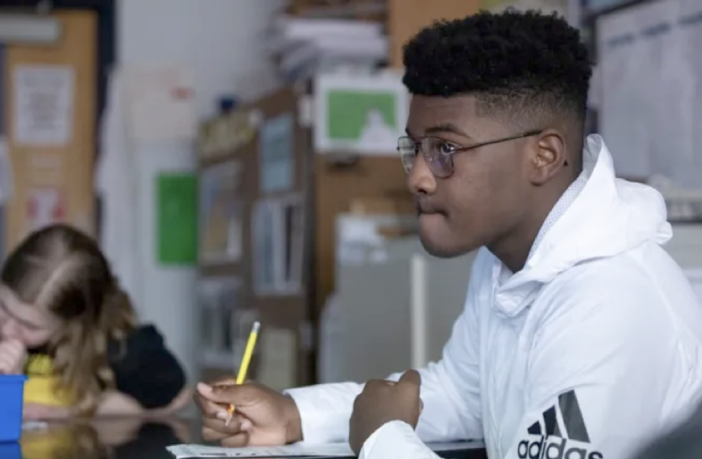Last Updated on March 5, 2024 by BVN
S.E. Williams
When news broke this weekend that the Perris Union High School District was meeting Tuesday, Mar. 5, to discuss the elimination of the district’s Diversity, Equity and Inclusion Department, its District Equity Team, program specialists responsible for mental health services–and other cutbacks, a groundswell of resistance began among parents and concerned members of the community.
The Perris Union High School District however is not the only educational system feeling the economic squeeze which are likely to lead to layoffs and the probable discontinuance of much needed programs for our children and youth.
In mid February, the Goleta Union School District in Santa Barbara County, announced it was struggling with a budget deficit and would be laying-off and taking other measures to cut costs.
In late February, the Pasadena Unified School District Board of Education announced at least 200 staff layoffs.
And, on Monday, it was reported the Santa Barbara Unified School District announced it is planning to take a similar course.
It seems California school districts are headed for a crisis. Reports indicate the state’s budget deficit continues to grow and is now estimated to be around $73 billion according to one report that also indicated, “the state’s legislative analyst’s office predicts continued operating deficits through 2028.”
“Adequate funding is essential for providing quality education. It enables schools to hire qualified teachers, develop curriculum materials, and provide necessary resources like textbooks, laboratory equipment, and technology tools. Funding helps create a conducive learning environment and supports innovative teaching methods that enhance the educational experience for students.”
Astha Maheshwari
Adding to the pressures on school districts is the looming reality that the state’s Local Control Accountability Plan — the three year budget and accountability strategy for disadvantaged students is set to expire this year.
Adding further fuel to the financial pressure cooker are current negotiations between school districts around the state and the California Schools Employees Association (CSEA). CSEA is the largest classified school employees union in the nation and represents about 240,000 school support staff across California. It appears, at least regarding the San Bernardino City Unified School District (SBCUSD), that all sections of the contracts can tentatively be discussed. In early February, SBCUSD reported some progress in their negotiations, but progress between the union and other local school districts is unclear. These negotiations will either place upward fiscal pressure on school districts or leave employees under pressure if needed benefits and/or wages increases are not successfully negotiated. It’s a no win situation.
And if all of the above were not enough to raise concerns, on February 28, the national Center on Budget and Policy Priorities (CBPP) the final round of federal Elementary and Secondary School Emergency Relief (ESSER) funds is set to end soon and states are required to commit all remaining funds by September 2024.
In total, school districts across the nation received nearly $200 billion dollars in additional funding in response to the COVID-19 pandemic. According to the CBPP, “The financial impact of the expiration of ESSER funds for states and school districts will be exacerbated by several factors including costly state tax cuts, the diversion of resources to school vouchers, inadequate school funding formulas, elevated costs, and an uncertain revenue outlook.”
So, the question is, “Now what?” The state’s budget deficit may be the one wild card in this scenario but beyond that, the expiration of COVID-19 funding, contract negotiations with CSEA and the expiration of the Local Control Accountability Plan were all expected. Where are the plans to mitigate these impacts? Our children look to us to assure the quality of their education and all that undergirds it. We elect boards to manage these issues on our behalf. We should not be caught off guard on key issues especially to this extent. To make matters worse, it is now left to the whim of each school board as to where cuts will be made in personnel and what programs will go on the chopping block. Most of us have been around the block a few times and already know what usually goes first.
This is a call to action. Get involved. Pay attention to what decisions are being made by your local school boards. Know what cuts are being considered (if any) and how your local school board is making its decisions in this regard. If you disagree with their actions, I implore you to raise your voice on this issue.
Of course, this is just my opinion. I’m keeping it real.


